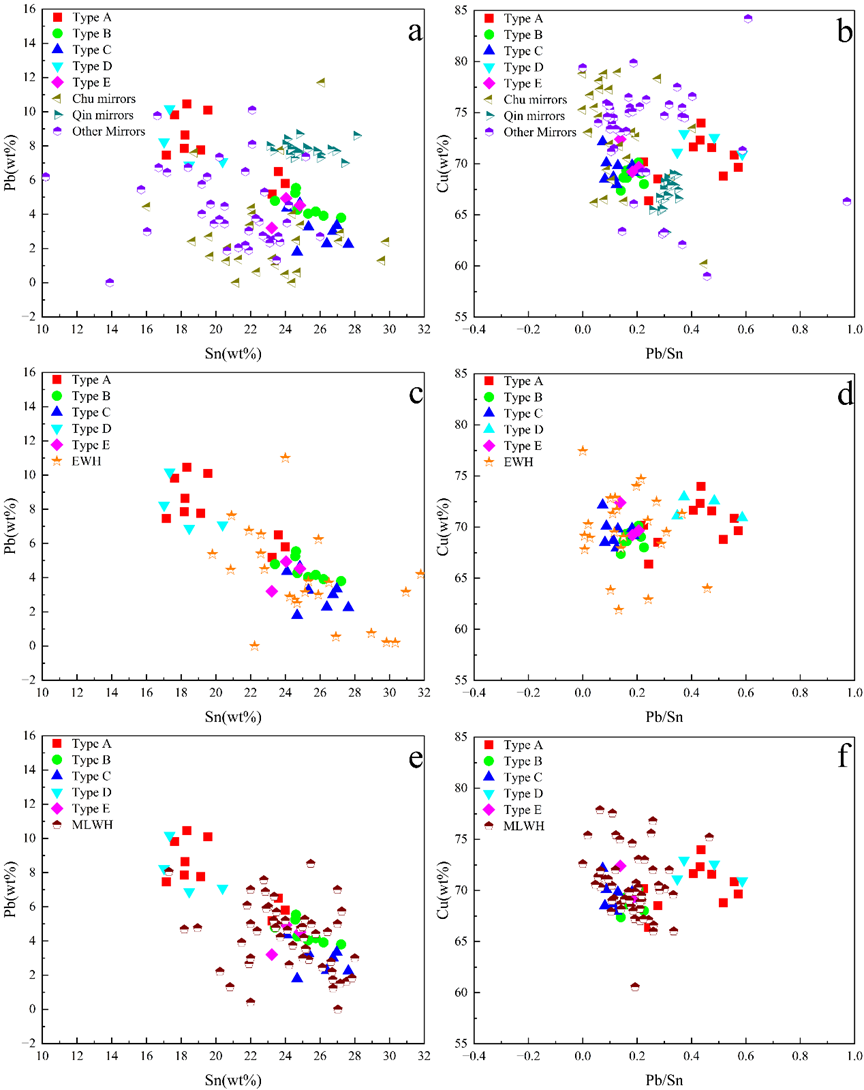A new study by the University of Science and Technology of China’s (USTC) Archaeo-metallurgy Laboratory reveals a compelling connection between ancient bronze mirror craftsmanship and the economic recovery during the “Reign of Wen and Jing” in the early Western Han Dynasty. Published in the Journal of Archaeological Science, the research offers rare insight into the political and economic dynamics of early Imperial China.
The study centers on “Panchi mirrors,” a distinctive type of bronze mirror widely used from the Warring States Period, Qin Dynasty to the Western Han Dynasty. These artifacts are key to understanding how the mirror-casting industry evolved during a time of significant social and political transformation.
Researchers performed a comprehensive, multidisciplinary analysis of 40 Panchi mirrors unearthed in Lu’an, Anhui province. Dating from 221 to 141 BCE, the mirrors were examined for their decorative patterns, inscriptions, chemical composition, and lead isotope ratios.
The results identified two distinct types of mirrors, reflecting a major transition in production techniques and material sourcing. The first type, influenced by Chu-state designs, was cast using a high-lead, low-tin alloy and sourced from a short-lived lead supply. This supply chain gradually disappeared during the reigns of Emperors Wen and Jing.
The second type marks the beginning of the classic Han mirror tradition, featuring a low-lead, high-tin alloy and copper from varied sources. This points to a more standardized and diversified manufacturing approach, consistent with practices in the middle to late Western Han Dynasty.
High-precision dating places this key technological shift firmly within the reigns of Emperor Wen (180–157 BCE) and Emperor Jing (157–141 BCE), a period characterized by the “rest and recuperation”policy. This approach promoted economic stability and allowed handicraft industries like bronze mirror casting to flourish.
The study concludes that these favorable state policies directly stimulated industrial development, laying a strong foundation for the economic and military expansion under Emperor Wu. Ultimately, the research offers rare material evidence of how early Han governance influenced the trajectory of technological and economic progress in ancient China.

The source of the mirror sample and the type classification, decoration characteristics and chronological framework of the mirror samples(Image by the research team)

Comparison of the alloy composition of five types of mirrors and bronze mirrors from the Warring States Period to the Western Han Dynasty in China in the Liu'an area(Image by the research team)
Paper link: https://doi.org/10.1016/j.jas.2025.106310
(Written by CHEN Yehong, Edited by Wu Yuyang, USTC News Center)